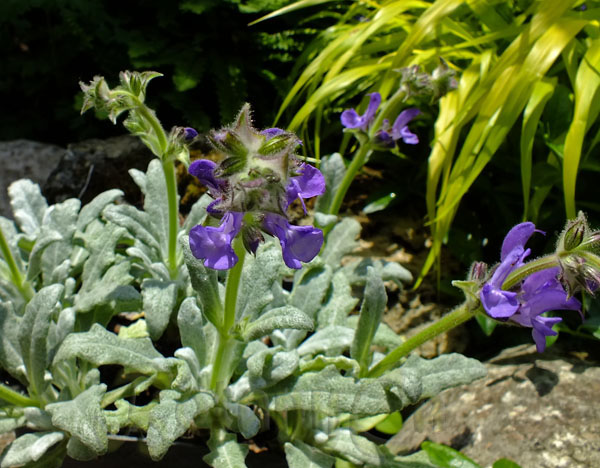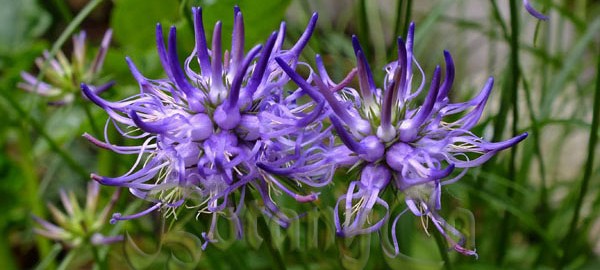One more garage check-up before sinking into another round of low night-time temperatures. The spring beauty seeds are sprouting! – maybe they know something that we don’t? ;)
Claytonia virginica is a true ephemeral beauty, a cheer for the soul in springtime!

-
Claytonia virginica
Virginia spring beauty is common in southern and south-central Ontario and it flowers before the trees are leafing out. The pink (rarely white) flowers that are glistening in the spring sun are a treat after the long winter months! After setting seeds, it retreats in the soil for the rest of the season.
As a trial out, I sown a few seeds immediately after collecting, and I kept the rest in moist vermiculite (warm then cold). The seeds in moist storage have germinated in late December; the ones sown in the spring are germinating now. Note taken: the seeds can be safely offered for sale until beginning of December.
On a top list of ‘hardest seeds to collect’, Claytonia comes first. I have expected Corydalis to win the prize but it didn’t. Like everything beautiful, Claytonia has proven very difficult to handle because it flowers in succession and the fruit maturation follows the same pattern, plus the fruits are dehiscent; a nightmare! And, do I need to mention the small seeds? No wonder is not on many seeds shops lists! But, a few people were happy to find these seeds available, so my effort did pay off. Plus, now I have a few seedlings for myself. Double hit!





















 seeds found by chance growing well in the garden. This species is increasingly rare in the wild; growing it in the garden it is also a matter of conservation at this point. The greenish-slate gray with back dusted purple flowers are exquisite! not to mention the foliage.
seeds found by chance growing well in the garden. This species is increasingly rare in the wild; growing it in the garden it is also a matter of conservation at this point. The greenish-slate gray with back dusted purple flowers are exquisite! not to mention the foliage.



































































